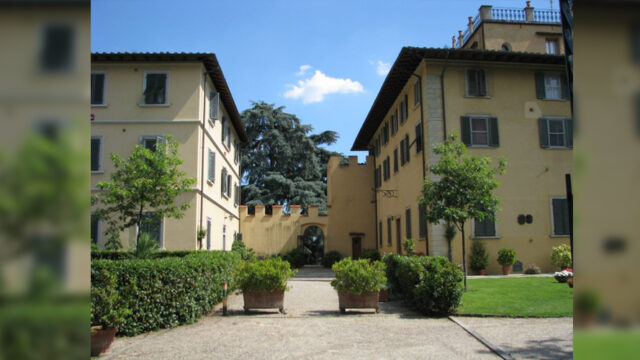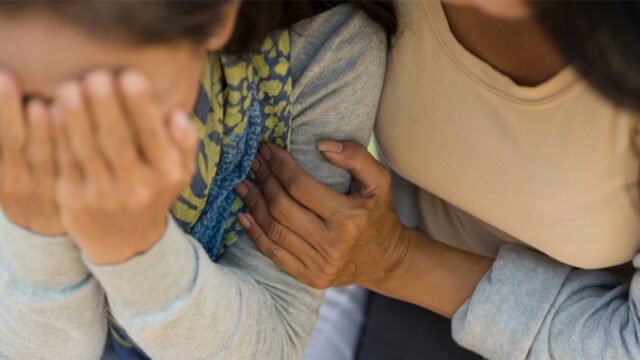Adventist humanitarian agency helps those suffering from the aftershocks.

A series of strong earthquakes hit the Philippines’ southern island of Mindanao during October 2019, and the Adventist Development and Relief Agency (ADRA) began response efforts immediately after the first quake.
A magnitude 6.4 earthquake on October 16 was followed by a magnitude 6.6 quake on October 29, and another quake of magnitude 6.5 hit two days later, causing major infrastructure damage not only to the province of Cotabato, the epicenter of the quakes, but also nearby provinces with major cities like Davao.
Residents living in the area were already reeling from the effects of hundreds of aftershocks following each major quake, and now have to deal with the trauma that follows.
After the first earthquake occurred on October 16, ADRA in the Philippines distributed 300 emergency shelter repair kits the following week in the municipality of Makilala, Cotabato, near the quake’s epicenter, for families whose homes were destroyed.
When the second earthquake hit the morning of October 29, ADRA workers were deployed the same day to conduct assessments and facilitate the distribution of cash assistance in the city of Kidapawan on October 30.
When the third quake hit on October 31, buildings that had been weakened by the first two earthquakes crumbled to the ground, trapping and killing 10 people. The earthquakes also caused landslides that covered homes, adding to the number of casualties in the region. As of November 4, at least 22 lives were lost, and more than 21,000 homes destroyed.
“The homes that I visited had previous cracks, and now they are gone — collapsed,” said ADRA emergency responder Jerry Requillo after the third earthquake.
Katherine Solilapse, an ADRA emergency responder who was providing aid during the first quake, shared the news that an Adventist man she knew had lost his life in the third quake.
“He was a really nice man,” Solilapse said. “He had given us snacks because it was our last distribution site. I was really shocked and quite emotional when I read on the news what had happened.”
ADRA in the Philippines has continued to conduct damage assessments for the first two earthquakes and is partnering with the Southern Mindanao Mission and the Davao Mission of the Adventist Church to mobilize disaster relief efforts. Needs assessments are now being done to evaluate the next steps in tackling the bigger damage done to regions in the country that resulted from the third earthquake.
The Philippines is located along the Ring of Fire, a geological phenomenon circling much of the Pacific Ocean that includes active volcanoes and earthquake faults. Cotabato is one of the seismically active regions in the Philippines and could likely be the location where one fault triggered the movement of another, according to the Philippine Institute of Volcanology and Seismology.
“Whether more intense ones will follow the last three earthquakes, we cannot know for certain,” Requillo said. “Residents in the area are warned to always be prepared and to always have a ‘go-bag’ or emergency kit nearby in case of evacuations.”
The original version of this story was posted in the ADRA Press Room.








